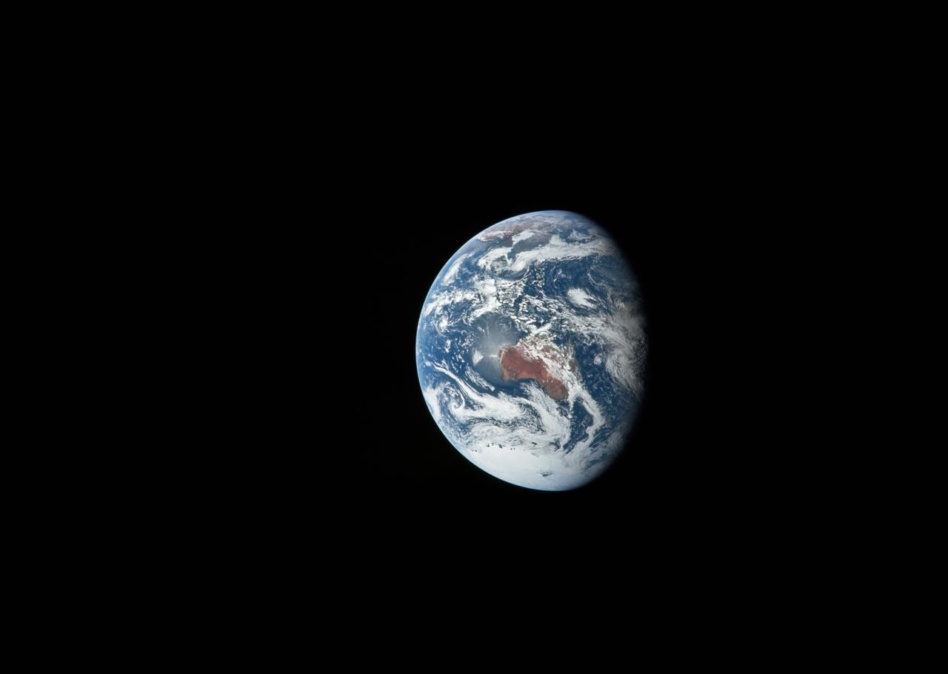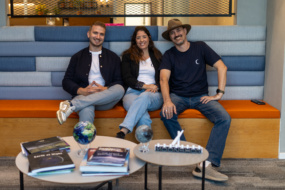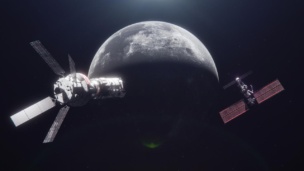The Australian government is backing its Moon to Mars supply chain initiative in an effort to place Australian space companies in key supporting roles on future Artemis missions. This month, the Aussies awarded $3.6M AUD ($2.3M) in grants to five companies as part of the program.
Team Australia: This latest batch of grants funds a wide range of technologies where the Australian Space Agency feels it can provide a vital edge to the West’s lunar ambitions.
- EntX received $1M AUD ($634,000) to gain flight heritage for a radioisotope heating system to help payloads survive the lunar night.
- Fleet Space Technologies received $995,000 AUD ($631,000) to develop advanced gravity sensing capabilities to assist with in-situ resource exploration on the Moon and Mars.
- Advanced Navigation received $856,000 AUD ($543,000) to build out its navigation capabilities for launchers and space operators.
- Nominal Systems received $556,000 AUD ($353,000) to further develop its virtual satellite testing models.
- Element Robotics received $257,000 AUD ($163,000) to expand its digital platform which simulates the lunar environment to help autonomous lunar systems test their functionality.
The big picture: In 2019, Australia outlined its civil space strategy. Since 2021, the Australian government has spent $25M+ AUD ($15.9M+) on supply chain grants to help bolster the nation’s space capabilities and ensure that tech from down under is ready to fly when the time comes. But the country is still just getting started, with investment in the Moon to Mars initiative expected to reach as high as $150M AUD ($95.2M) in the coming years.
By 2030, the country wants to:
- Grow the space sector to 30,000 jobs
- Triple its contribution to GDP to $12B
- Attract a pipeline of $1B in capital investment
To achieve this, Australia has used many of its supply chain grants to encourage companies with successful business models to venture further into the space market.
For instance, EntX has a nuclear medicine vertical; Advanced Navigation’s tech is used by the agricultural and mining industries, as well as on underwater vehicles; and Fleet Space Technologies’ flagship product, ExoSphere, combines satellite imagery, smart seismic sensors, and AI to identify minerals underground for the mining industry.
The idea is to use short term investment to build out space competencies, thereby growing the pool of Australian companies competing on future lunar bids.
“These investments will help further embed us in the global space supply chain, working on the global Moon to Mars mission,” Australia’s minister for industry and science, Ed Husic, said in a statement.




